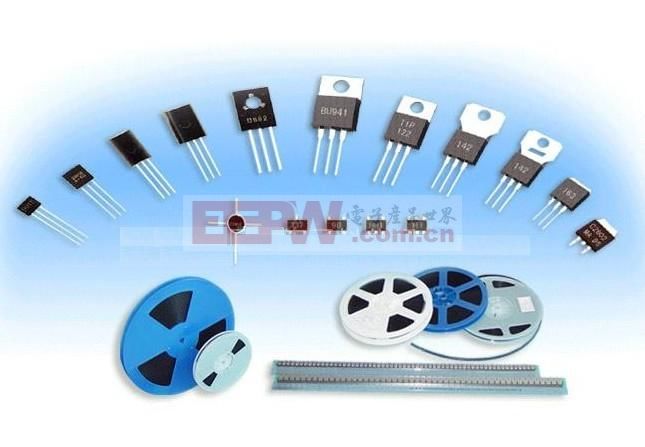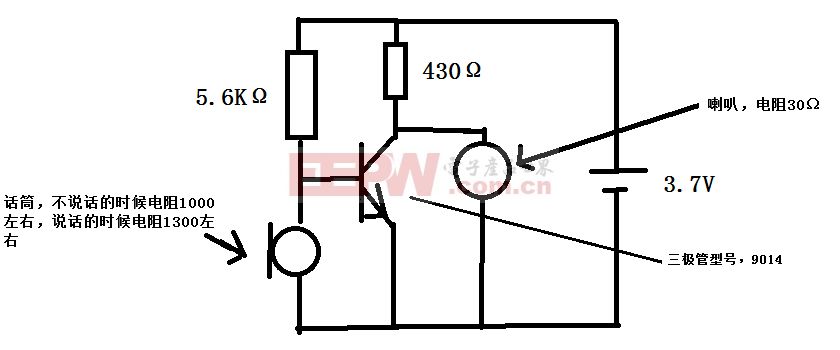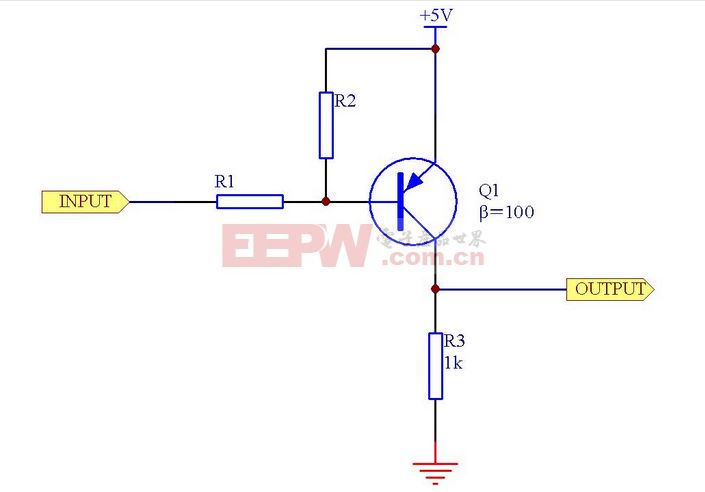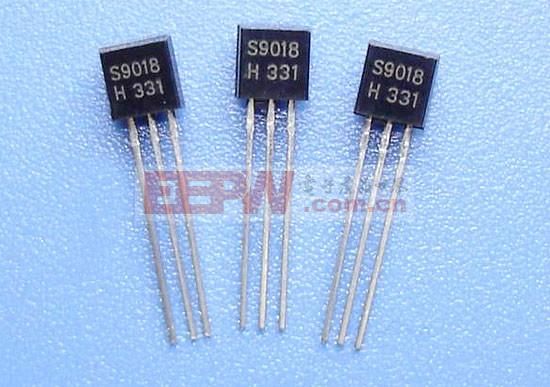Introduction: When it comes to transistors, we often think of their ability to amplify current. As current flows from the base to the collector, it gets amplified by a factor of β. But is amplification the only function of a transistor? Can it do more than just amplify? Let's explore the various roles this fundamental electronic component plays.
The Transistor – What Is It?
A transistor, short for semiconductor triode, is commonly known as a bipolar junction transistor (BJT). It is a basic current-controlled device that can amplify signals and is one of the core components in electronic circuits. With its wide range of applications, transistors are used in everything from simple amplifiers to complex digital systems.

The Role of the Transistor – Current Amplification
One of the primary functions of a transistor is current amplification, which is also its most fundamental role. For example, in a common emitter configuration, a small input current at the base results in a much larger output current at the collector. This amplification factor, denoted as β, allows weak signals to be boosted significantly. This makes transistors essential in audio amplifiers, signal processing, and many other applications.

The Role of the Transistor – Switching Function
Another important function of a transistor is acting as a switch. When the transistor is in saturation, the voltage between the collector and emitter is very low, effectively creating a short circuit. In this state, the transistor behaves like a closed switch. On the other hand, when the transistor is off, the current between the collector and emitter is nearly zero, resembling an open switch. This fast switching capability makes transistors ideal for digital circuits and control systems.

The Role of the Transistor – Current and Capacitance Expansion
Transistors can also be used to expand current or capacitance in certain situations. For instance, combining a low-power thyristor with a high-power transistor can create a high-power thyristor, increasing the maximum output current. In long-delay circuits, transistors can simulate the behavior of larger capacitors, making them useful in timing and filtering applications.

The Role of the Transistor – Substitution Function
Transistors have a substitution function, meaning they can replace other components in specific circuits. For example, two transistors can act as a bidirectional trigger diode in a dimming lamp. They can also replace voltage regulator tubes in some circuits, such as replacing an 8V or 30V regulator tube. This flexibility makes transistors a versatile tool in electronic design.

As you can see, the transistor is far more than just an amplifier. Its multiple roles make it an essential part of modern electronics, from simple switches to complex signal processing systems. Understanding these functions helps us appreciate how vital transistors are in our daily lives, from smartphones to industrial equipment.
infrared touch sensor,multi touch sensor,infrared touch overlay
Guangdong ZhiPing Touch Technology Co., Ltd. , https://www.zhipingtouch.com
